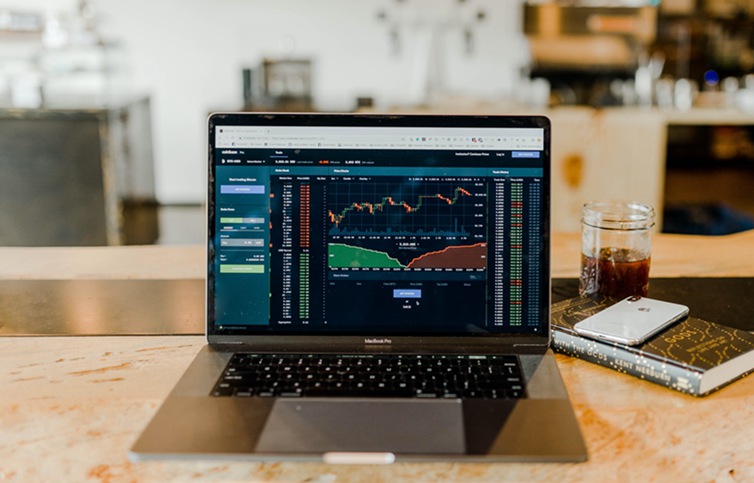U.S. Stocks, Bonds, and Dollar All Hit: Under the "Schrödinger's Trump Administration," U.S. Assets No Longer Safe Havens

TradingKey - Amid the escalating risks posed by President Trump’s asymmetrical "reciprocal tariffs" and the unpredictable nature of his policymaking—likened by some analysts to "Schrödinger’s cat"—risky assets tumbled across the board on Tuesday. Even traditional safe havens such as the U.S. dollar and. Treasuries were not spared, resulting in a rare triple blow to stocks, bonds, and the currency.
On Tuesday, April 8, the White House reaffirmed that the tariffs would soon take effect, extinguishing a brief rebound in market optimism. The S&P 500, which had surged 4% in early trading, reversed sharply, falling nearly 3% at one point before closing down 1.57%. The U.S. Dollar Index (DXY) dropped 0.26% to 102.701, while the 10-year Treasury yield rose more than 5 basis points to 4.289%.
Recently, Wall Street institutions—including BlackRock, Goldman Sachs, and Morgan Stanley—have voiced concerns that Trump’s tariff policy could weigh heavily on both U.S. and global economic growth.
According to JPMorgan e model based on the Russell 2000 index, the probability of a U.S. recession now stands at 80%.
Amid these bleak expectations, the S&P 500 has fallen 15% year-to-date in 2025, at one point tumbling 20% from its February peak—meeting the technical definition of a bear market.
In this climate of economic uncertainty and market turmoil, funds have not flowed into the dollar or Treasuries as safe-haven assets typically would. Instead, a "sell everything" mentality has gripped Wall Street. Markets had previously anticipated that Trump’s economic policies would bolster the dollar, while Fed rate cuts would support a Treasury bull market. Those hopes have quickly faded.
On Monday, nearly all medium- to long-term Treasury yields jumped by 20 basis points. The selling intensified Tuesday, with the 10-year yield surging another 10 basis points. A $58 billion three-year Treasury auction held by the U.S. Treasury on Tuesday was seen as a catalyst for the fresh wave of selling pressure.
From a broader perspective, analysts cite several factors driving the Treasury rout: hedge fund deleveraging, the unwinding of U.S. Treasury basis trades, eroding confidence in the dollar, and the breakdown of traditional safe-haven dynamics.
TD Securities commented that the frenzied Treasury sell-off reflects funds’ urgent need to deleverage, as many are effectively "selling everything."
Meanwhile, hedge funds engaged in arbitrage—profiting from small discrepancies between spot and futures prices of Treasuries—have come under scrutiny. These so-called "Treasury basis trades" are now being unwound on a large scale to raise liquidity.
Economists warn that Trump’s tariff policies are reshaping global trade and financial dynamics, prompting a broader crisis of confidence in the dollar.
Deutsche Bank observed that a growing number of investors now believe U.S. government policies could undermine foreign demand for Treasuries—an alarming shift for the world’s largest bond market.




